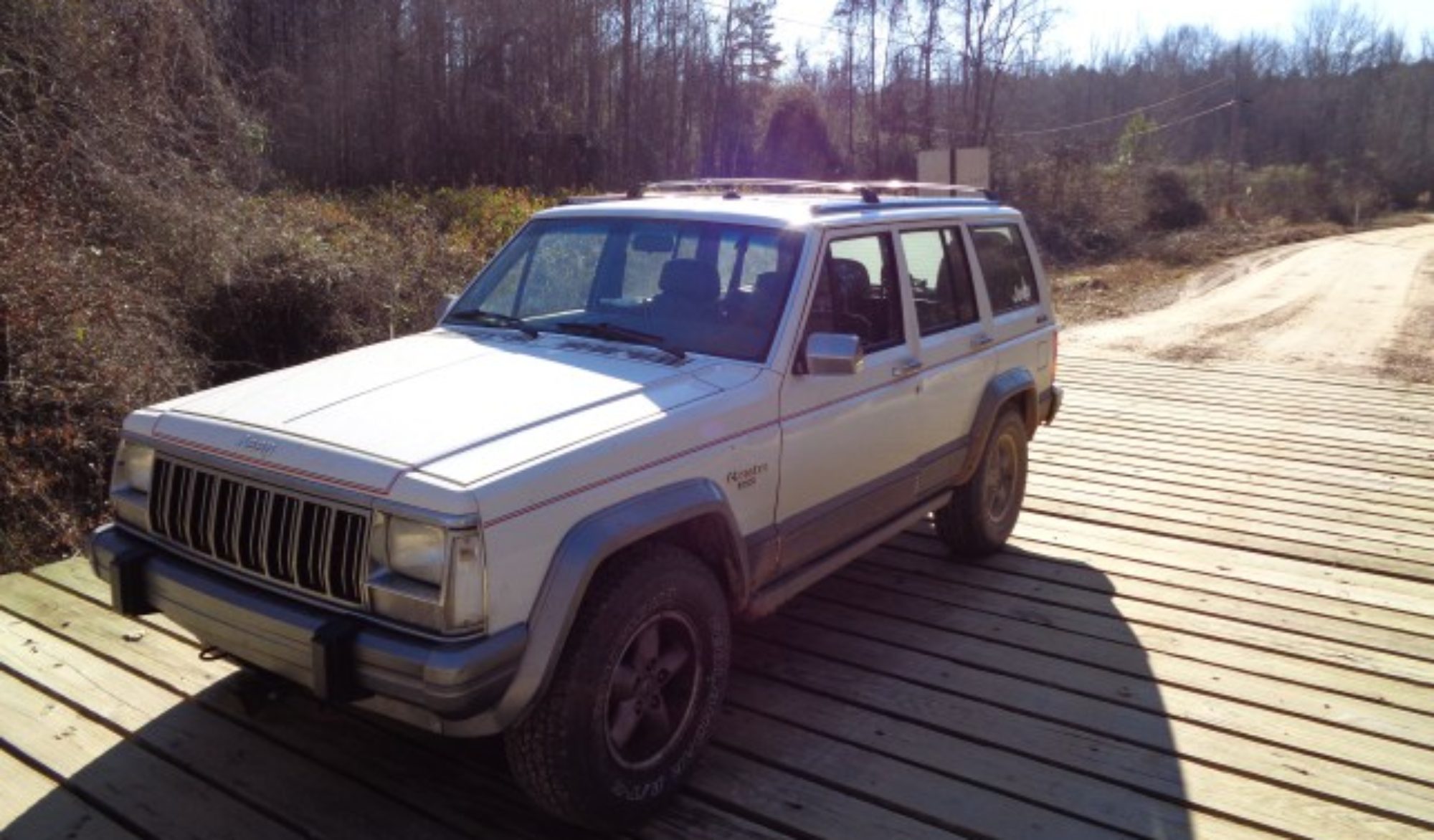Using dd-wrt to convert a Linksys router
When I got my MiFi device to replace my satellite modem, I had to figure out a way to share the internet signal with the other computers on my home network. At first I thought I could just use the UBS connection on the MiFi and then use the desktop computer as a gateway for the other computers. Well, I never could get the USB modem software to run on my old XP computer.
I then thought I would just buy a wireless USB device to plug into the desktop. However the cost of these at Wal-Mart was more than I wanted to pay. I started to order one from Tiger Direct but then I found a different solution.
I found that I could convert my router that I no longer needed into a device by running it in “Client Mode.” Unfortunately my Linksys router did not support client mode.
A few more Google searches revealed that I could replace the firmware with some from dd-wrt.com and make it run like I needed it to.
At first I was scared from the dire warnings that I could easily convert my router into a paper weight if I did not carefully follow the instructions. But I eventually decided to give it a try.
I found my router listed in the wiki and printed out the instructions. I downloaded the appropriate files. I then reset the router just like in the instructions. I actually used a stopwatch to make sure I held the button down for the correct amount of time.
Holding the button down while disconnecting and reconnecting the power was the hardest part of the job for me. Well that and the waiting five minutes between changes near the end of the procedure. If I had not used a stopwatch I am sure I would not have waited long enough. I got very impatient, but I read where not waiting was the most common error people make in installing the software, so I waited it out.
The instructions were very easy to follow. I just checked off each step along the way. Everything worked like it was supposed to and my Clint mode ran first time. The router automatically syncs up with the MiFi whenever I turn it on. It runs in secure access mode so I don’t have to worry about my neighbors using up my bandwidth.
See http://dd-wrt.com for more info on the router modification.






